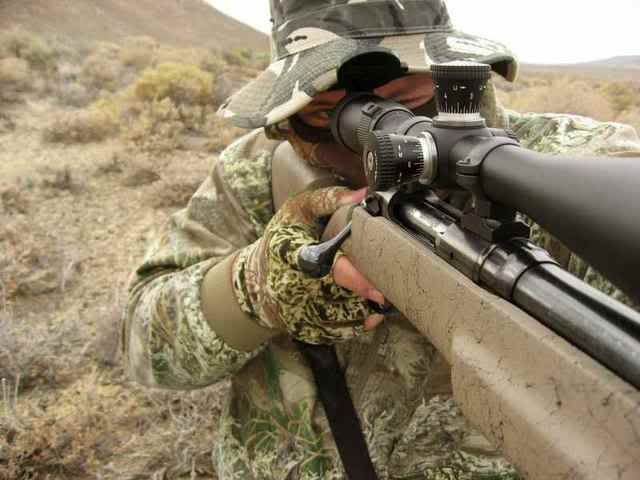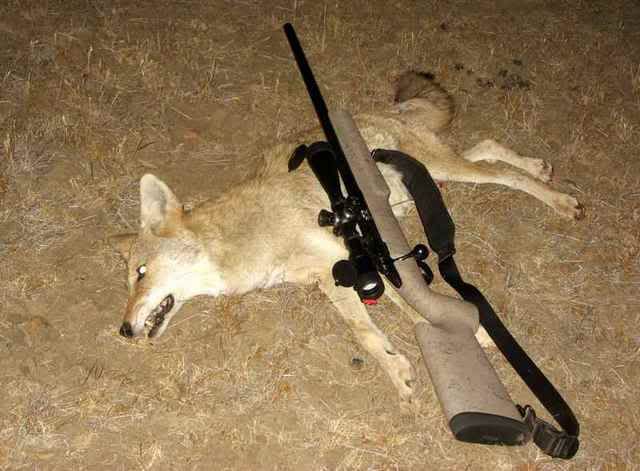Quote:
Using MBPR zero of 258 yds for a 5" vital zone with that load will get a MBPR of right at 300 yds. However, with that 258yd zero, bullet impact is over 3" high at 100 yds. Definitely not practical when targeting a 5" vital zone. I'd rather the former scenario with that setup and
For that load, I agree. For any load, actually - I don't ever want more than a 2" rise above line of sight in a varmint rig. That's why I mentioned earlier that your 200 yard zero is really just about perfect, for that particular load. That's purely personal preference though.
Quote:
I'd argue that an eastern coyote's build is somewhat more "stocky", i.e. deepr in the chest, than it's western cousins, but I'm no wildlife biologist.
Probably so. I've never killed or skinned anything but these skinny Western coyotes, so I surely couldn't say otherwise.
Quote:
With respect, I was attempting to correct your inaccurate statement about holding off of fur to compensate for 7" bullet drop @ 300yds to get a vital hit on a coyote.
I'll have to give you the credit for knowing your larger coyotes better than I possibly could. On these Western buggers, you really do need to hold over for a 7" drop though. I don't think most of them have more than 6" of chest.
Quote:
Live target sizes are simply too static for accurate, reliable, precision ranging via reticle stadia. If it were only that easy....
I agree completely with that. My reticle idea doesn't employ stadia though, or even give "precision" ranging. It's more like an instant check system to see if a coyote is within my MPBR or not. Like an instant "doesn't need hold over/does need hold over" check. If I can work the final bugs out of it, it would let me determine instantly if a coyote needs any holdover or not, while simultaneously providing holdover aiming points. By "simultaneously", I mean really simultaneous - no moving from ranging element to aiming element, the system I had in mind would make them one and the same. The whole thing would be totally custom, for my rifle and my loads etc. I never did get the design completely worked out to my satisfaction though (it would be easier to design for a less flat shooting cartridge!), and can't afford to do it any time soon anyway. So the whole thing has been back burnered and at this point, I kind of doubt I'll ever actually get it done. Besides, the brutal truth of the matter is, I rarely shoot at coyotes beyond my MPBR anyway, and am probably going to miss most of them even with a fancy-schmancy scope reticle...
Quote:
DAA, I just ordered your 3 DVD set...
Well... I hope you aren't too disapointed in them. There isn't a lot of coyote hunting on the first one, and none on the third. We do offer an unconditional money back guarantee though (don't even send them back, just email to say you want your money back), just in case.
- DAA



